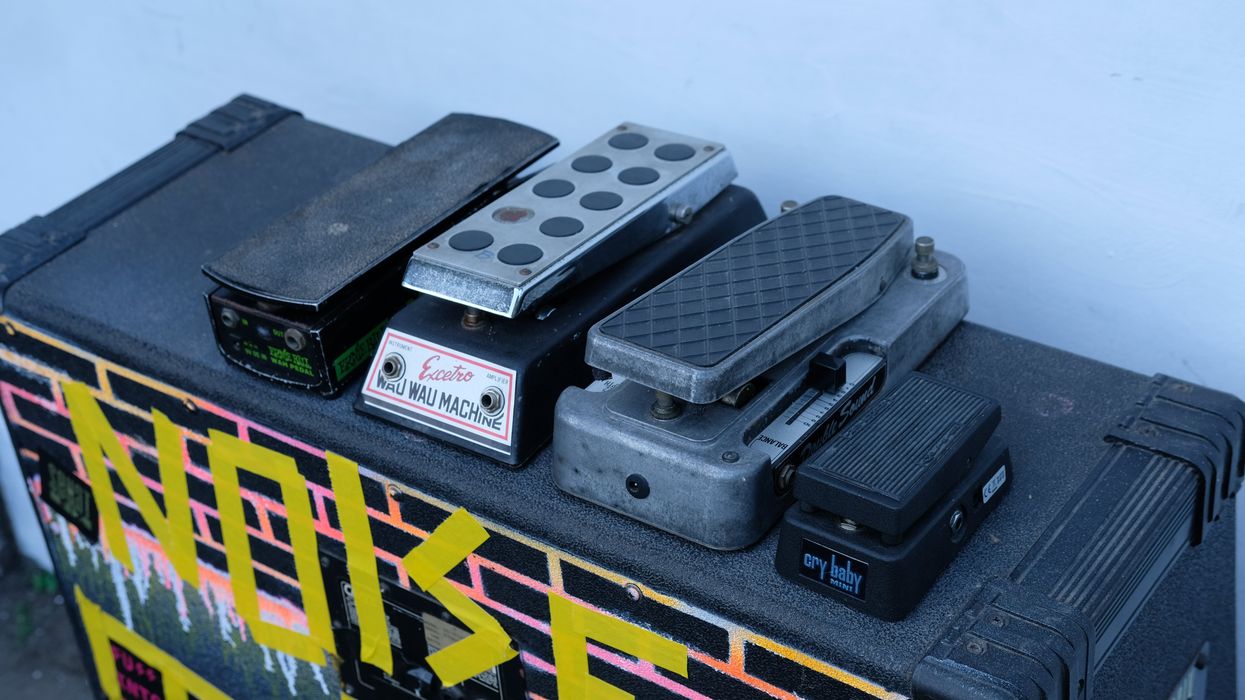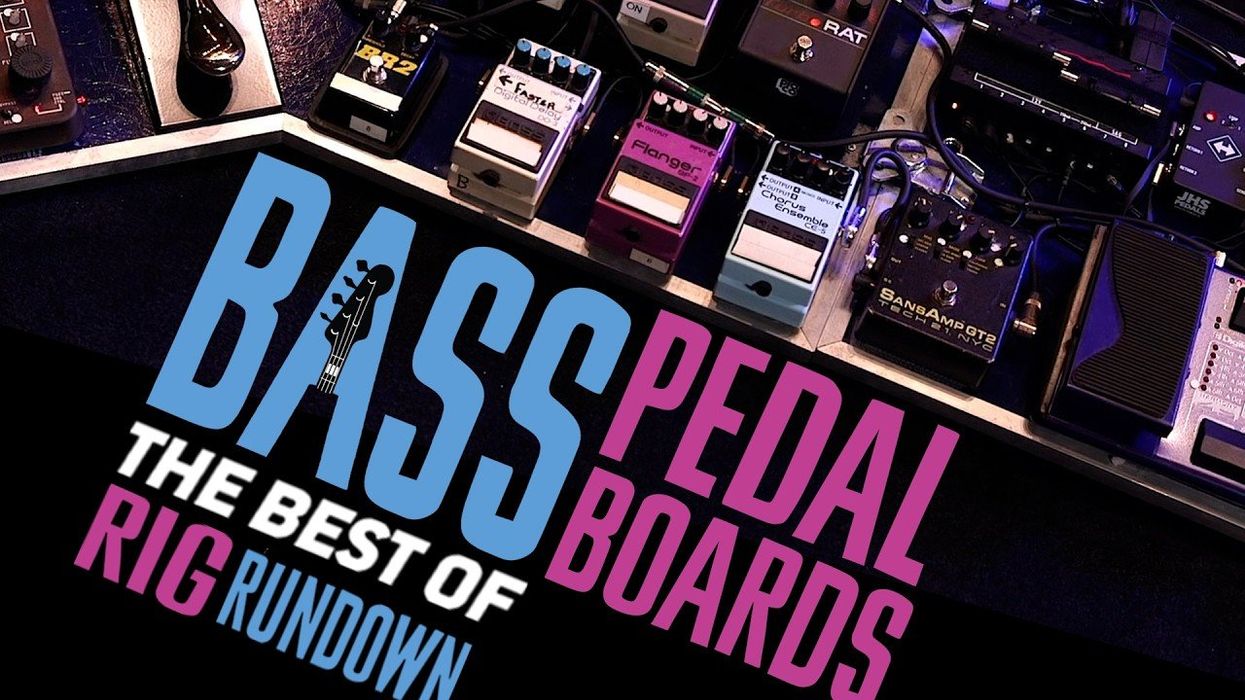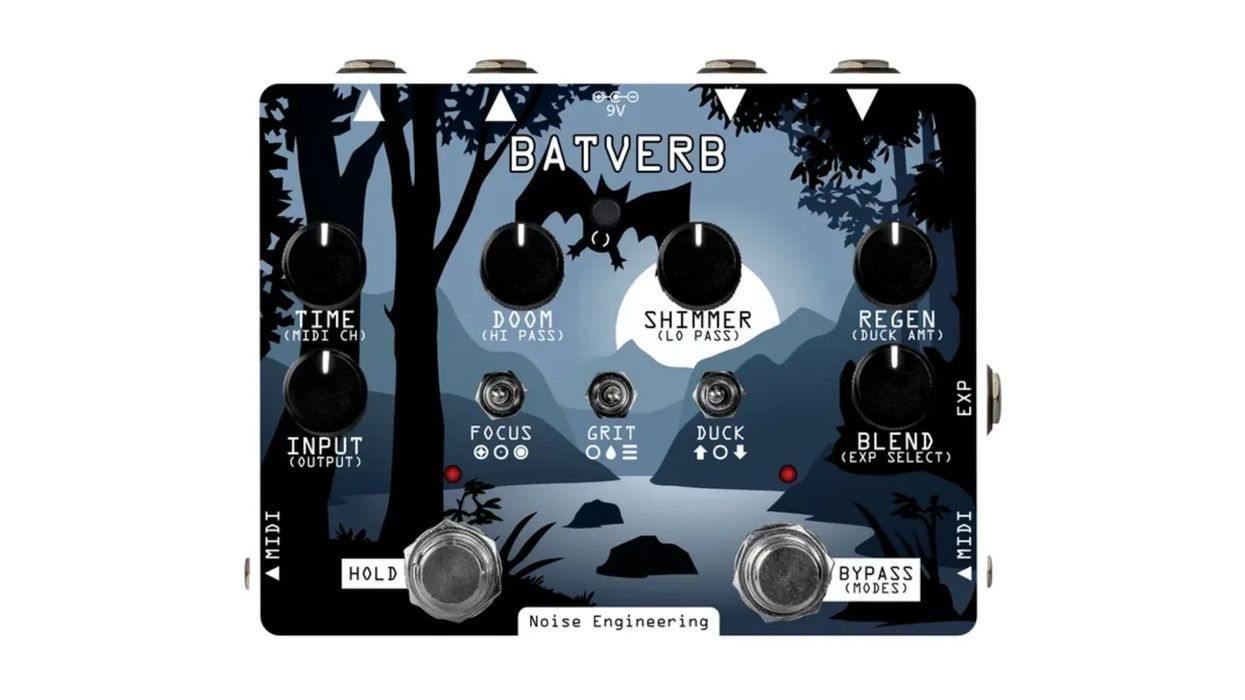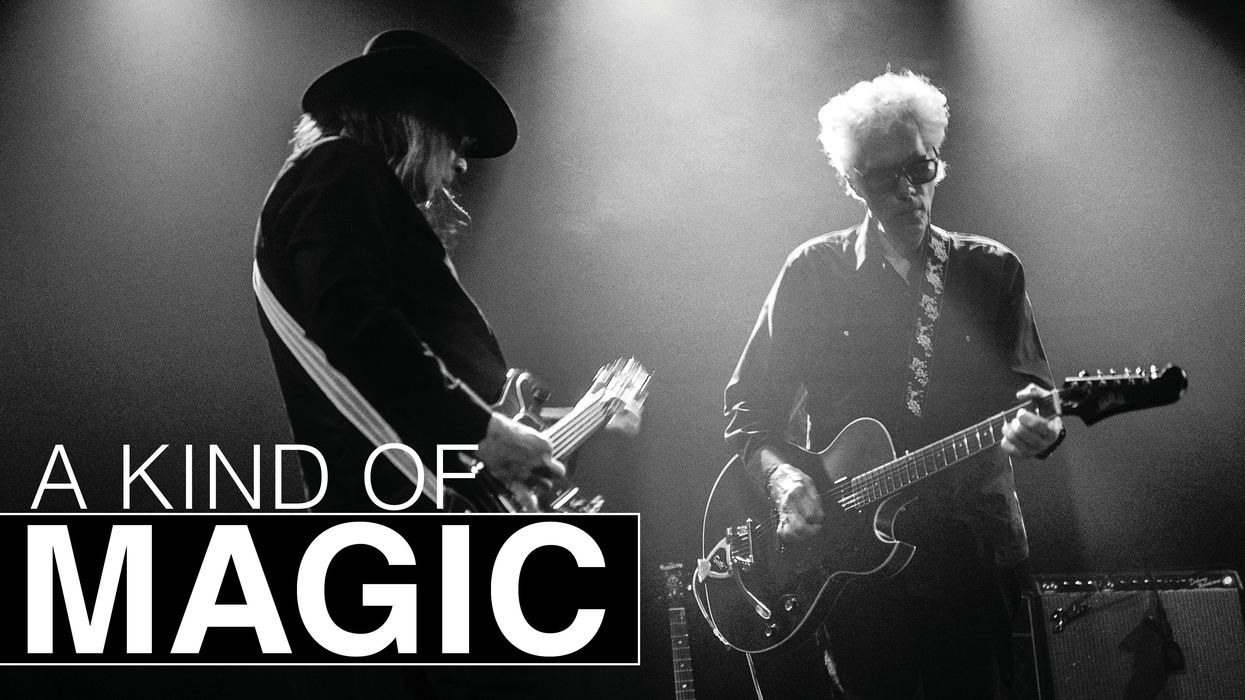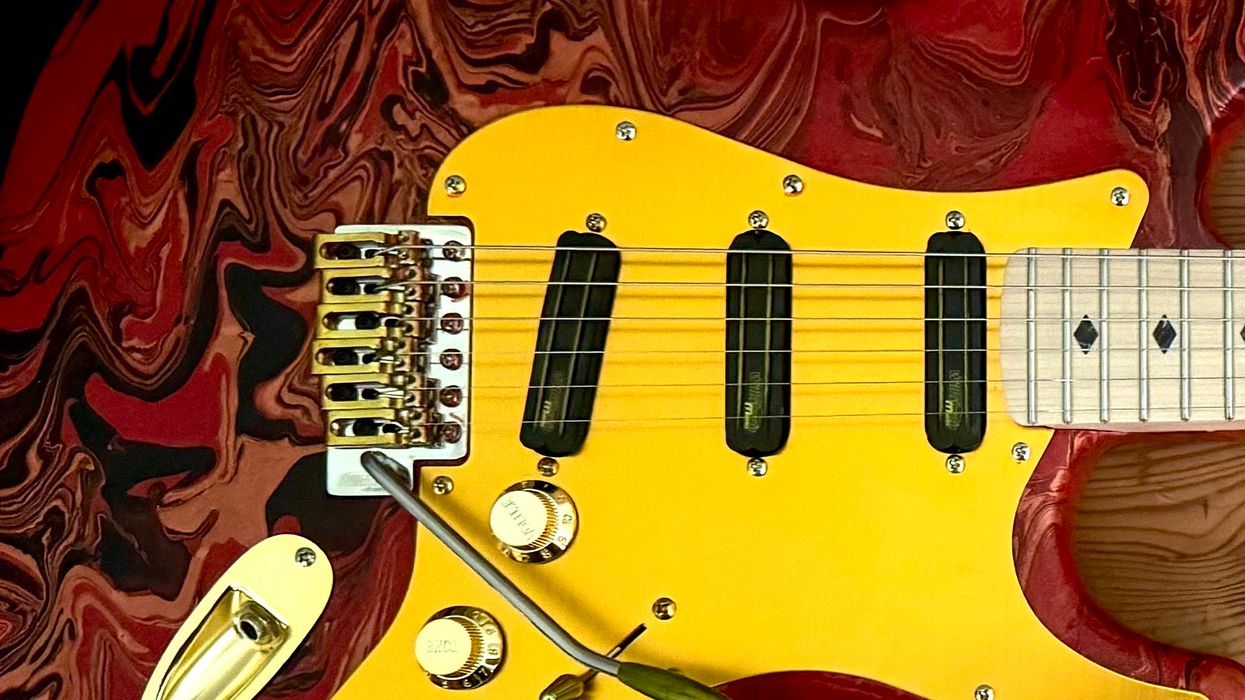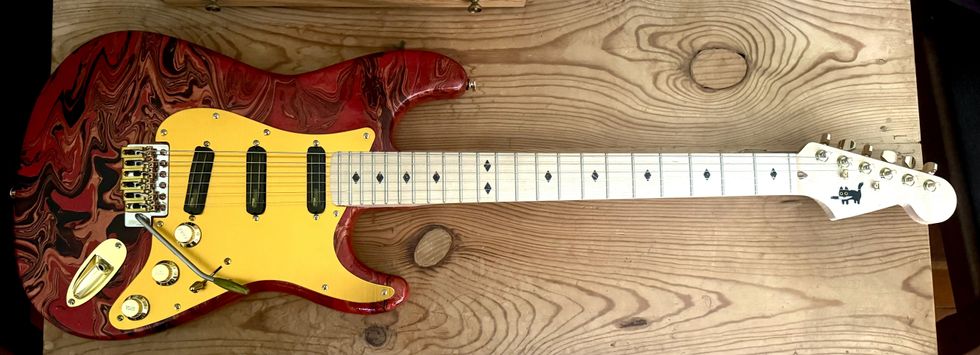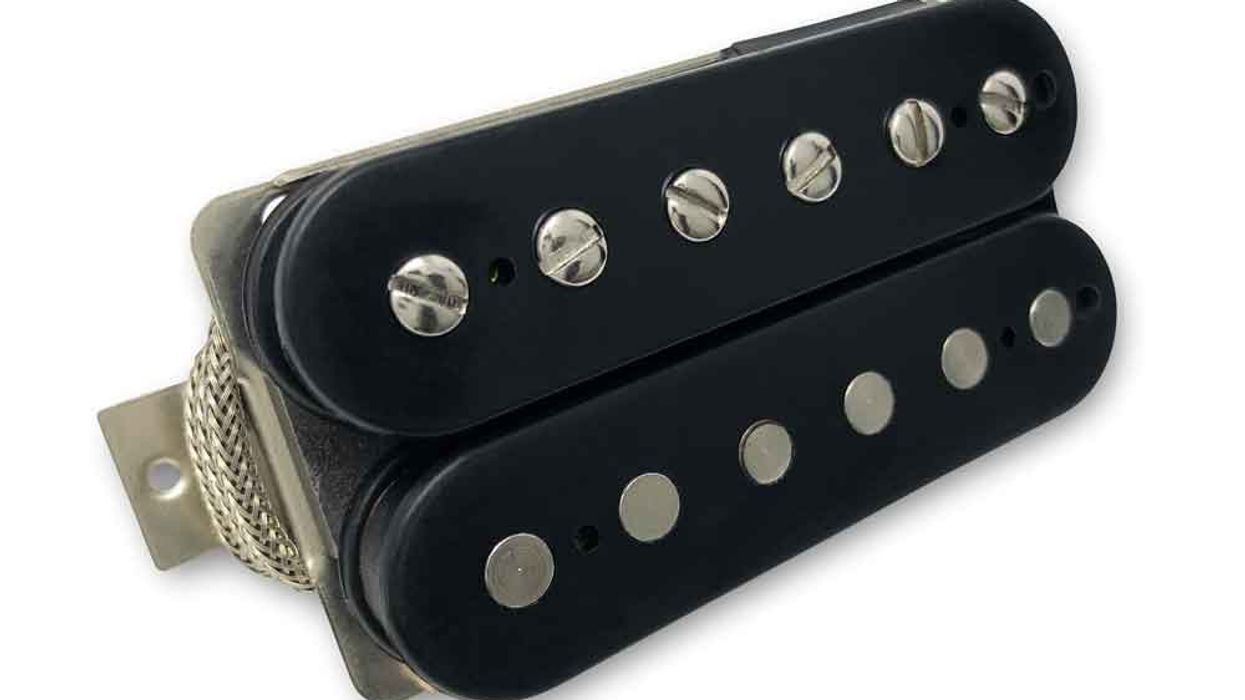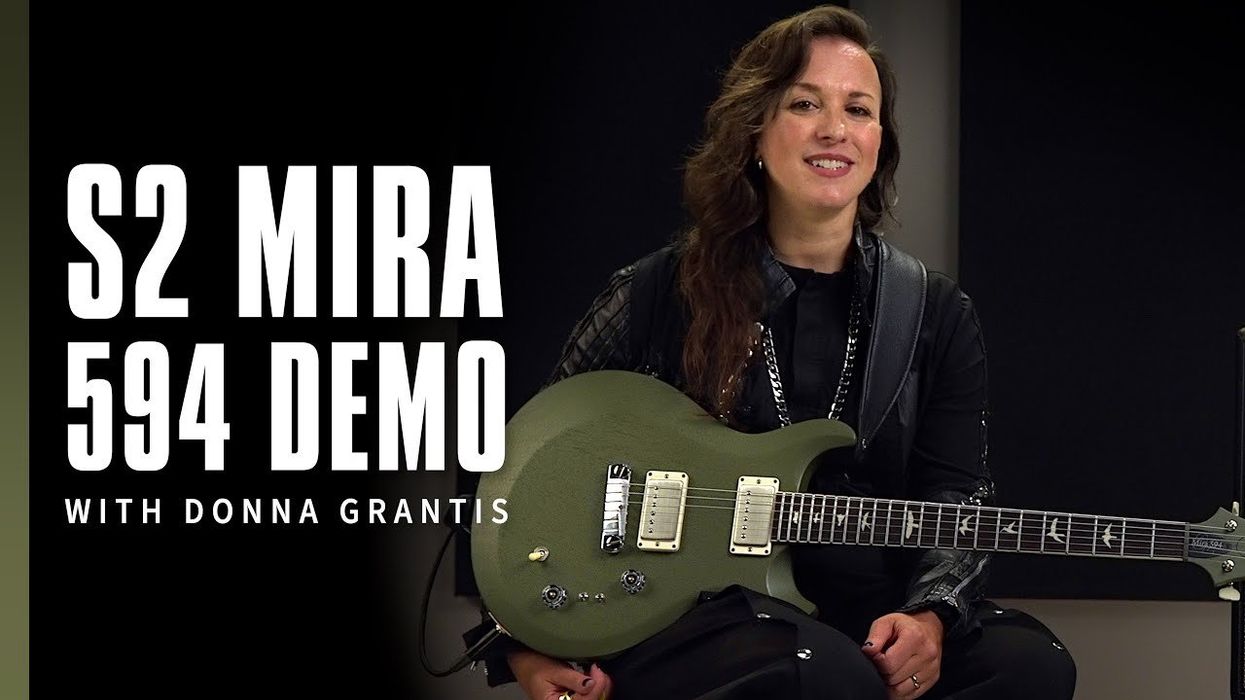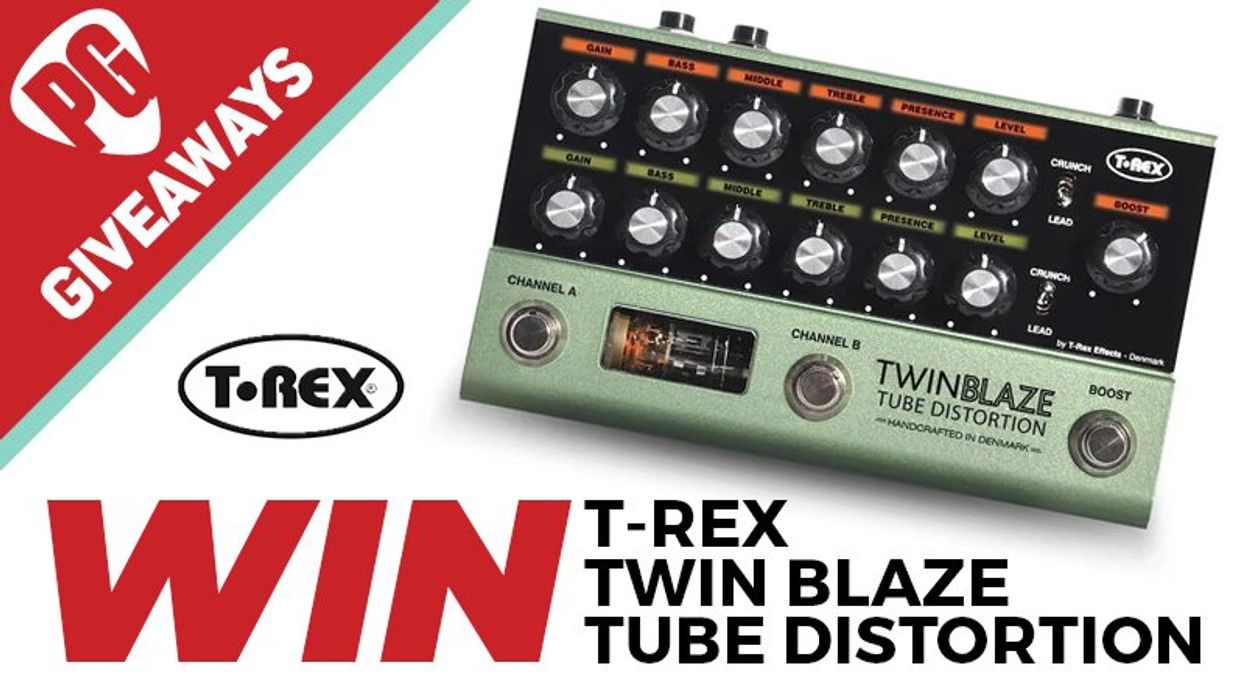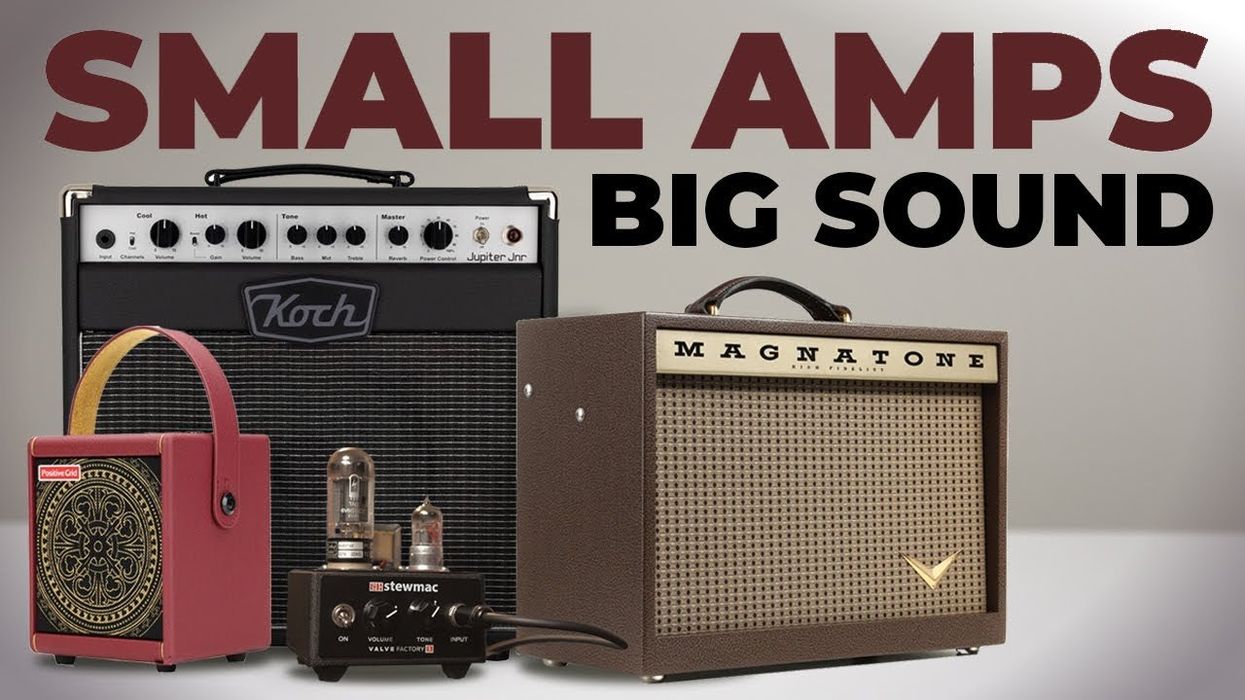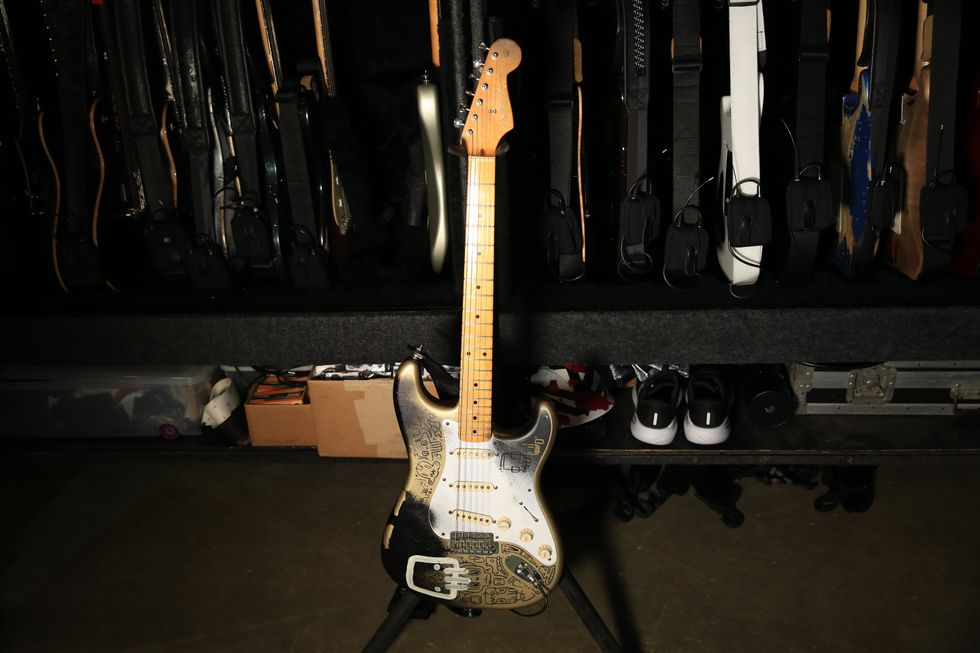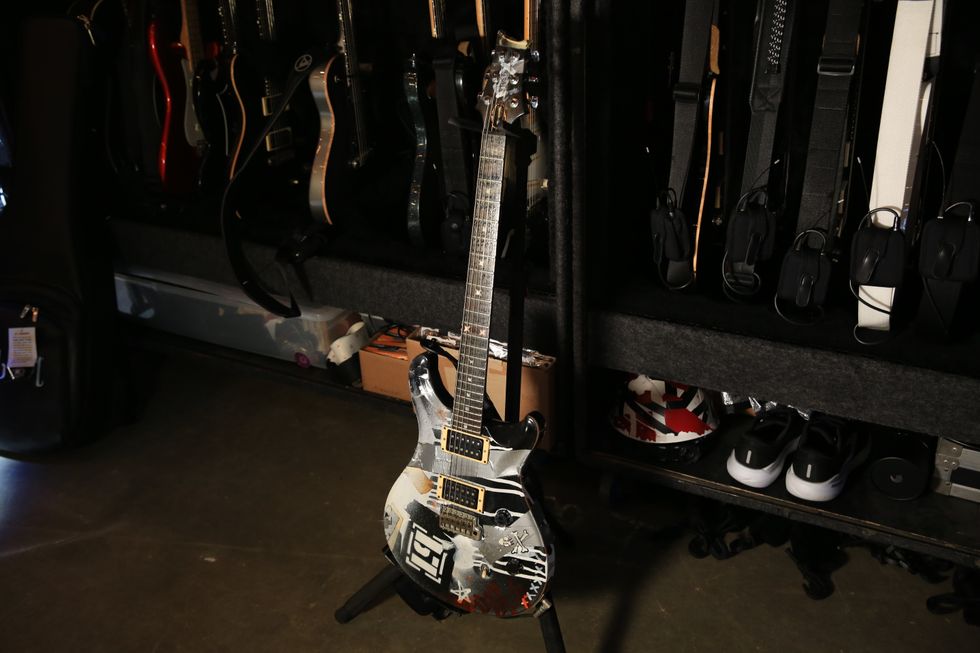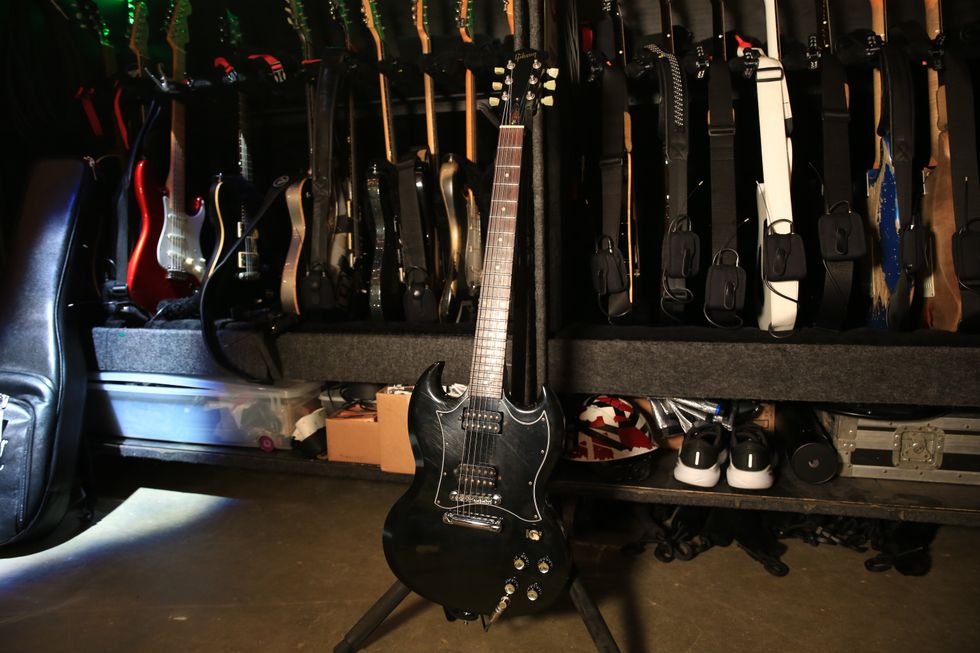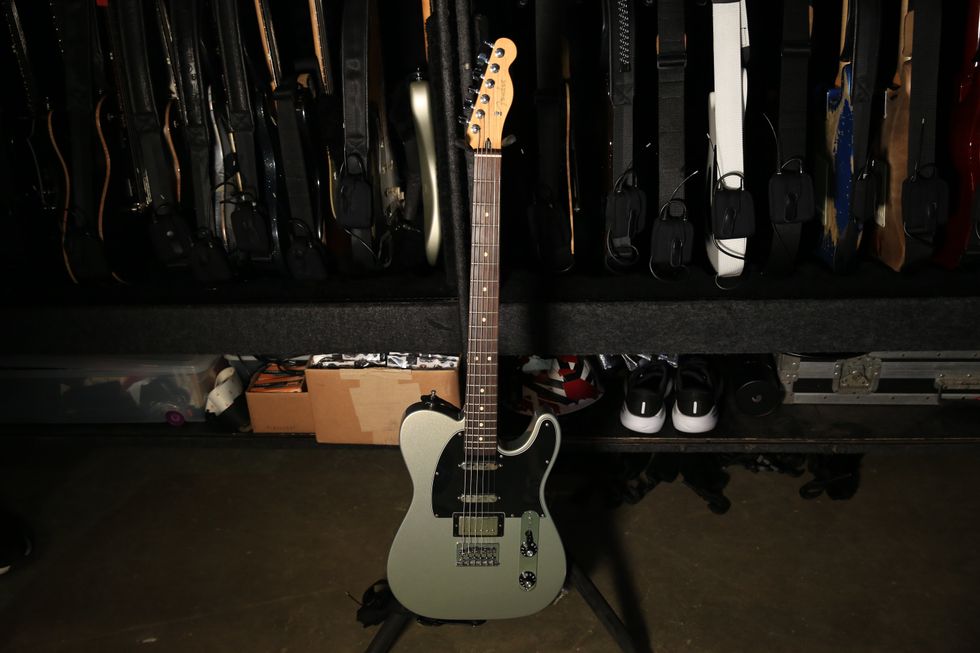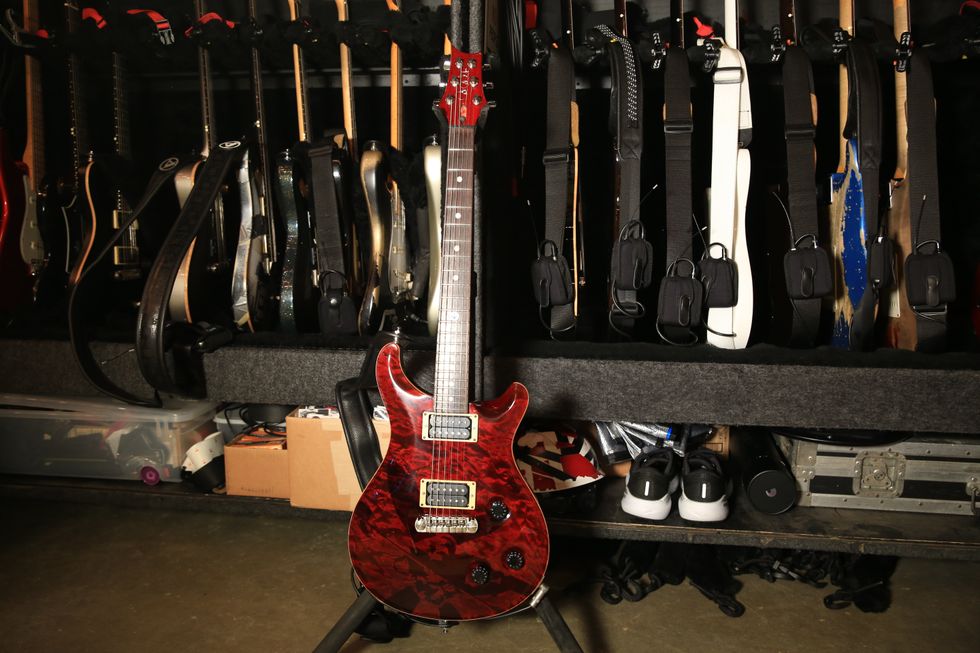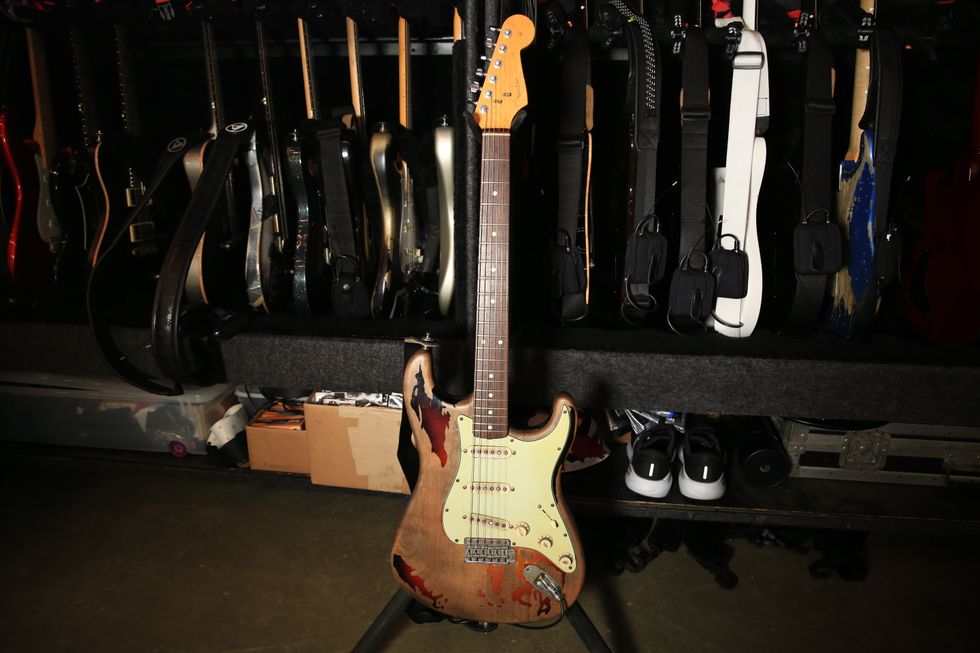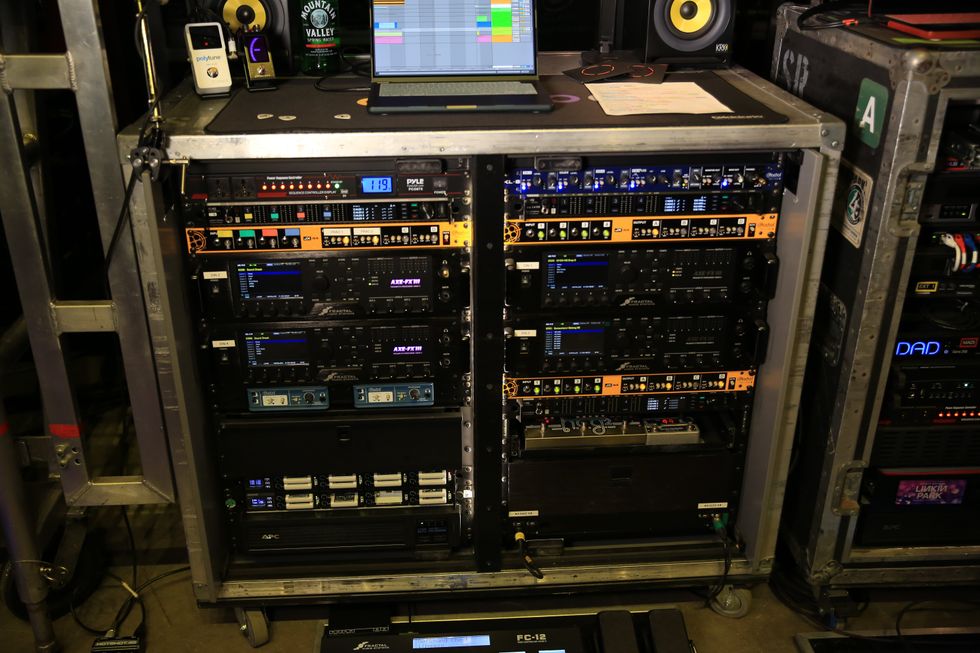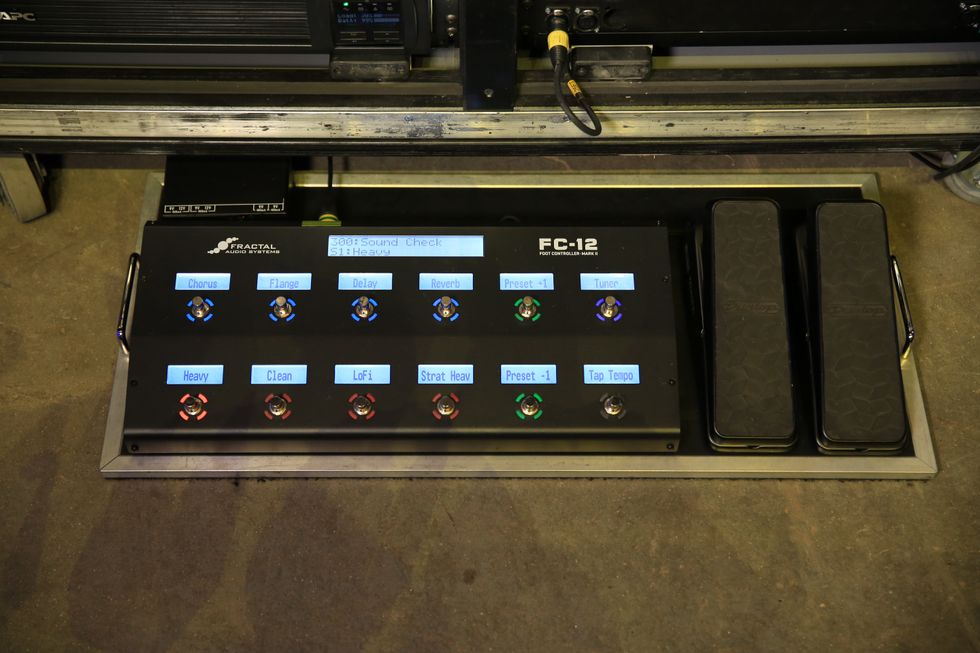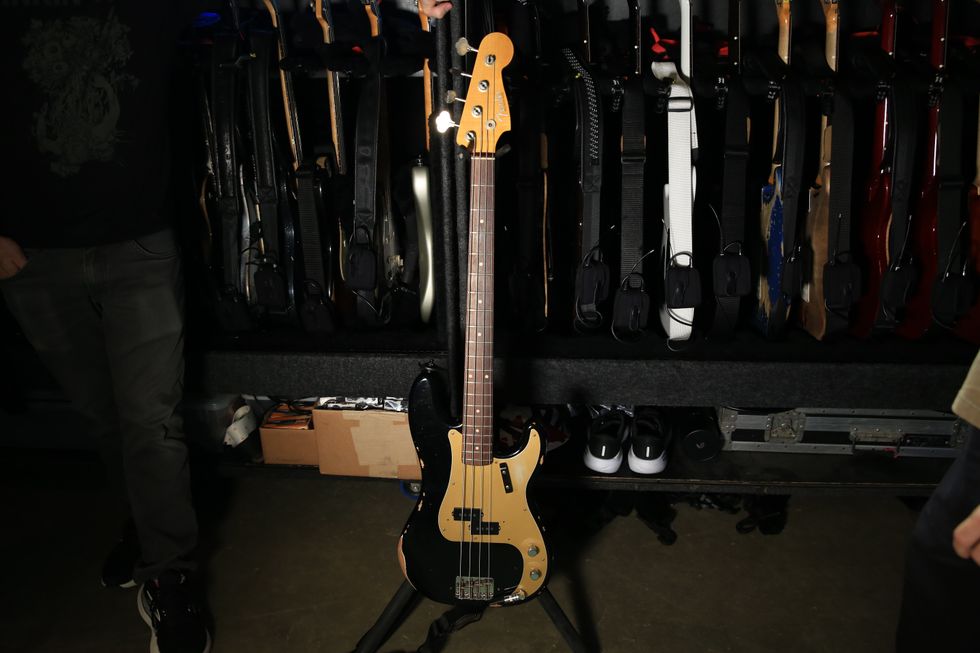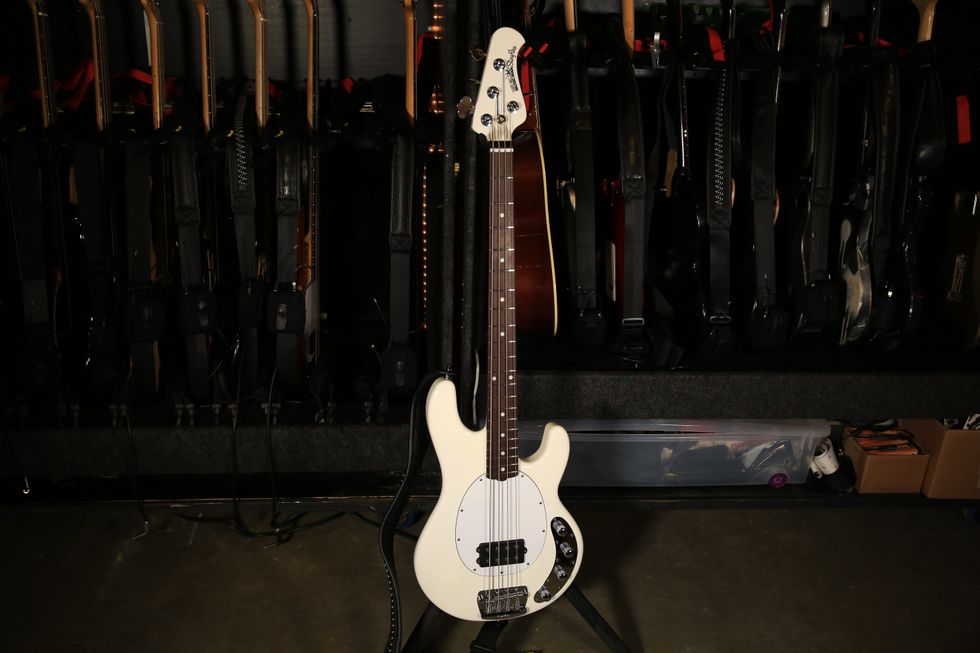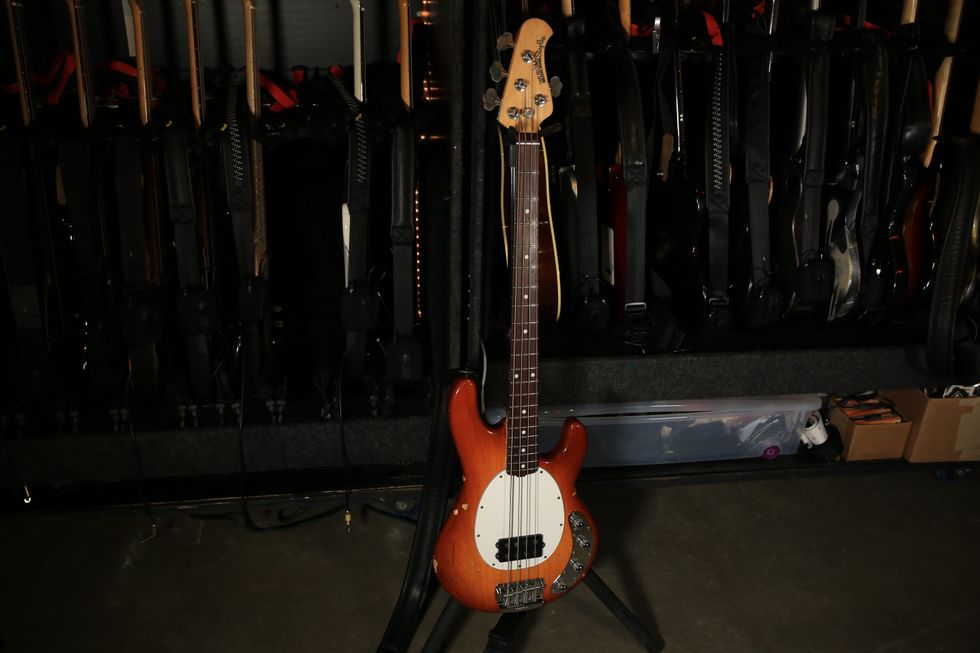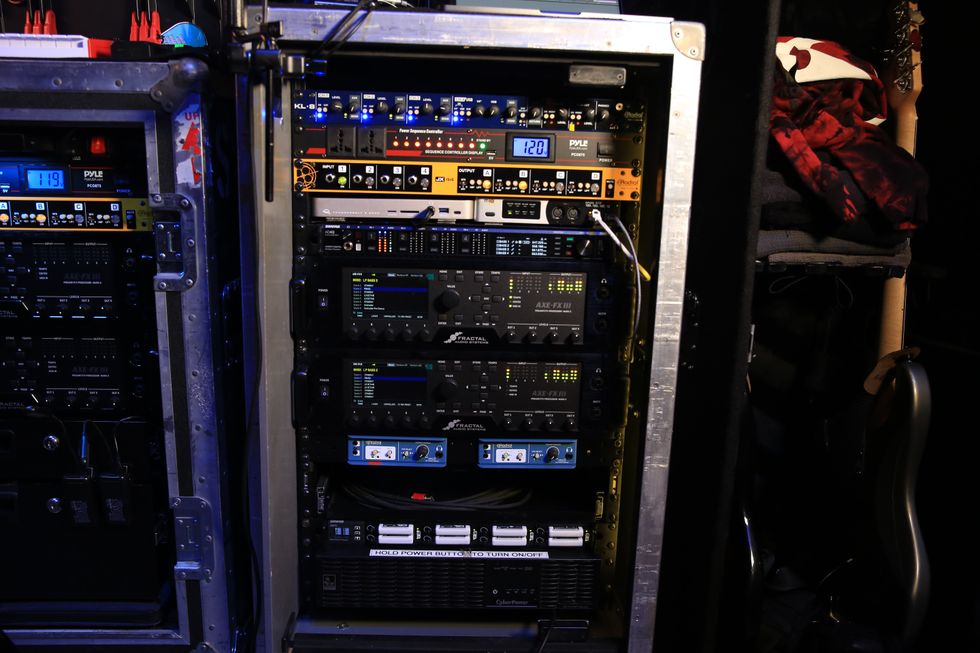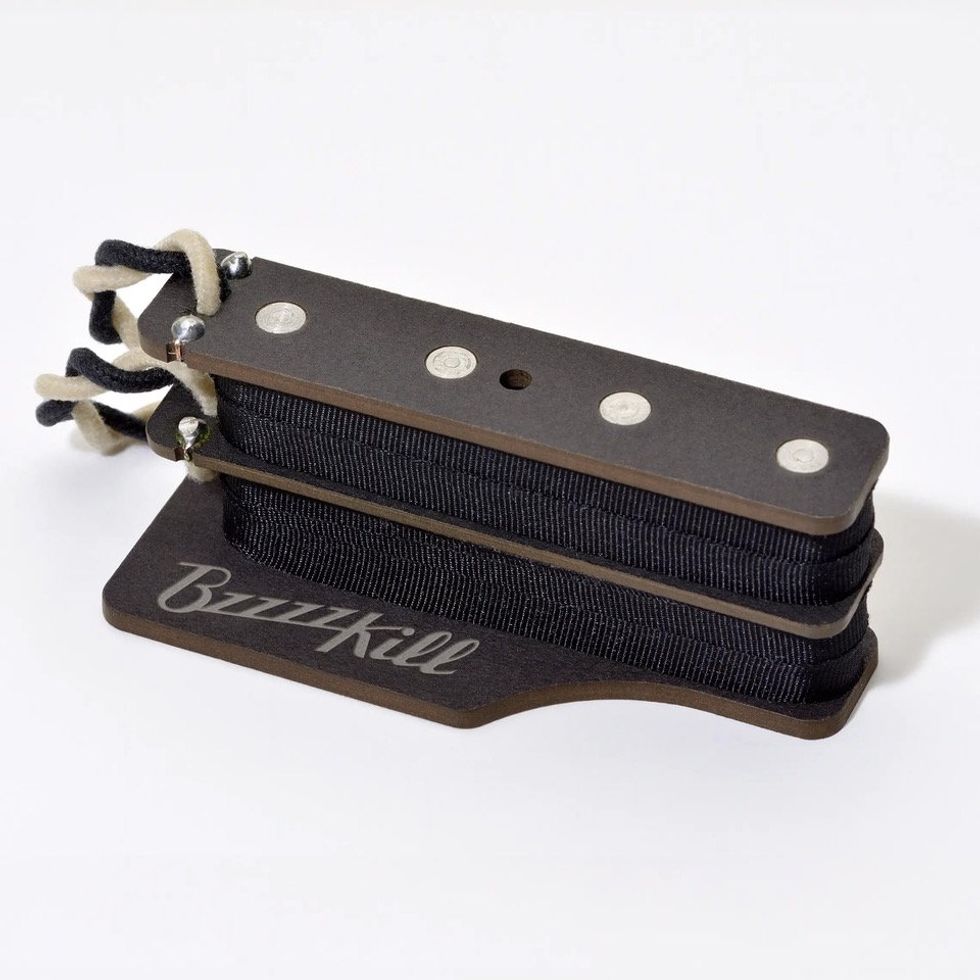 | Tribute: The Stooges' Ron Ashetonfrom Rolling StoneYou've probably already heard the news. Rolling Stone has a nice tribute. |
 | Page's Manager: Zep Done for Goodfrom GibsonFor those of you still holding your breath, it's time to exhale. Seriously, let go, once and for all. Gibson has the details. |
 | Fender's Bringing Back the Ukelelefrom Guitar Player Gear GuideThere are people out there who want Ukeleles, right? Well, Fender's hoping so. They're going to have a line coming out soon. Oh, and if you're too cool to admit that ukes are amazing instruments in the right hands, we submit exhibit A: Jake |
 | Sting Teaches Guitar in Garage Bandfrom The Industry StandardNews from MacWorld: in Mac's iLife 09, the latest version of Garage Band features basic guitar lessons from guys like Sting. But wait.. they cost $4.99 a pop, which is either a rip or an awesome deal, depending on how much you love the Police. |
Search
Latest Stories
Start your day right!
Get latest updates and insights delivered to your inbox.
Premier Guitar features affiliate links to help support our content. We may earn a commission on any affiliated purchases.
The Latest
More for you
Most Popular
Don’t Miss Out
Get the latest updates and insights delivered to your inbox.
Load More
